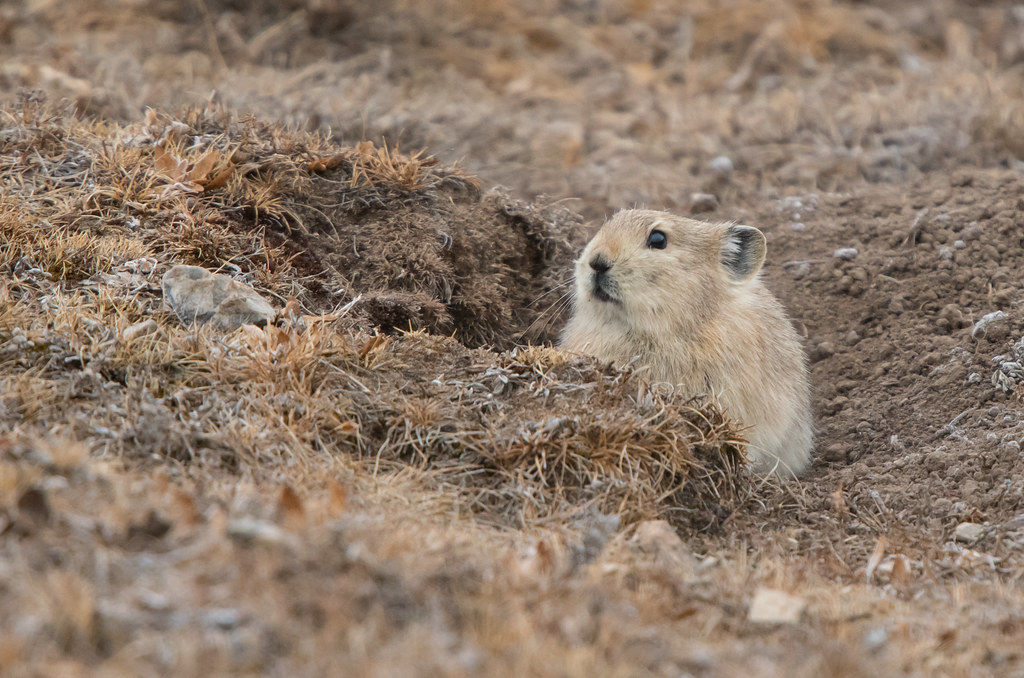This beautiful little animal is appropriately dedicated to the Hon’ble Mrs Curzon.In the Eponym Dictionary of Mammals, the authors state: ‘Unfortunately this is as full a description of the lady as we can find’.
But who was she? The requirements for our Mrs Curzon are that as the Honourable Mrs Curzon she must have been the daughter of a viscount or baron, or to have married the son of one, and, it could be argued, have had a strong connexion with India.
I have been digging in genealogy websites and find that, out of several possibilities, Augusta Latham Hallifax (1837-1917) fits the bill. She was the daughter of Brigadier-General Robert Dampier Hallifax (sometimes shown as Halifax) and was born in South Africa. She married the Honourable Ernest George Curzon (1828-1885) on 14 January 1856 at Umbala (now Ambala), 120 miles north of Delhi.
Ernest George Curzon eventually became Colonel of the 52nd Regiment of Foot which served in India from 1853 until 1865. The regiment (later to become part of the Oxfordshire Light Infantry) took part in the Siege of Delhi during the Indian Mutiny in 1857, marching from Ambala. Augusta’s father would also have been in the Siege of Delhi had he lived long enough. Colonel of the 75th Regiment of Foot (later merged as part of the Gordon Highlanders), he was given the job as a Brigadier of leading one of two brigades from the vast military cantonment of Ambala to besiege Delhi. However, having passed Karnal, he became so ill that he was sent back there where he died on 1 June 1857. The Commander-in-Chief of the Army in India, George Anson, a Whig politician as well as a soldier, had died of cholera, four days after leaving Ambala, so it is possible or even highly likely that Hallifax was also a cholera victim.
Ernest George Curzon was the seventh child (out of ten) of Richard William Penn Curzon-Howe, 1st Earl Howe. Therefore he had the courtesy title of ‘The Honourable’, as did his wife. Four of Ernest and Augusta’s six children were born in India.
Hodgson’s paper* describing what we now know as the Plateau Pika appeared in the Journal of the Asiatic Society of Bengal. Volume 26 was published in 1858 but the papers were received in 1857. Indeed, his paper noted that it was sent from Darjiling (Darjeeling) in April 1857, fifteen months after Augusta Hallifax became ‘the Hon’ble Mrs Curzon'.
Fortunately, the National Portrait Gallery has two photographs (albumen prints) of Augusta taken in London by the French photographer, Camille Silvy (1834-1877) in 1860 (her fourth son was born in London in 1861):
 |
| Augusta Latham Curzon (née Halifax [sic] NPG Ax50799 ©National Portrait Gallery, London |
 |
| NPG Ax50798 ©National Portrait Gallery, London |
Or does somebody have a better candidate for the beautiful little Mrs Curzon?
And here is Tim Melling's photograph of a Plateau Pika taken at about the same time as my video:
And, finally, Hodgson's paper to the Asiatic Society of Bengal:
*As well as the Plateau Pika, which he named Lagomys Curzoniae, he also described as a new species Mustela Témon which is now regarded as a subspecies of the Mountain or Altai Weasel, Mustela altai temon.
Beolens B, Watkins M, Grayson M. 2009. The Eponym Dictionary of Mammals. Baltimore: Johns Hopkins University Press
Hodgson BH. 1858. On a new Lagomys and a new Mustela inhabiting the north region of Sikkim and the proximate parts of Tibet. Journal of the Asiatic Society of Bengal 26, 207-208



No comments:
Post a Comment